The President’s nominee for Secretary of Education, Betsy DeVos, faces a Senate confirmation vote this coming Tuesday. As it stands, she’s one vote away from being rejected.
DeVos is a billionaire (let’s be clear: not the I-built-a-tremendous-business-and-I’ll-run-this-government-department-that-isn’t-a-business-like-a-business kind of billionaire. She’s more the I-married-the-heir-to-Amway kind of billionaire) who has little to no experience that would prepare her for the position she is nominated for…
…other than the fact that she and her husband have donated gobs of money in their home state of Michigan in support of school vouchers (which, once distributed, are mostly spent on charter or private schools) and of the deregulation of charter schools, allowing for an influx of for-profit schools (which, in turn, make gobs and gobs of money [in some cases, gobs of Title I money] that were diverted away from public schools).
In Michigan, it didn’t work. The DeVos family began tossing their gobs in the early 90’s, supporting candidates who supported school choice. Public money went to vouchers. Charters were expanded. Regulations were loosened. And…
From Politico: “Despite two decades of charter-school growth, the state’s overall academic progress has failed to keep pace with other states: Michigan ranks near the bottom for fourth- and eighth-grade math and fourth-grade reading on a nationally representative test, nicknamed the ‘Nation’s Report Card.’ Notably, the state’s charter schools scored worse on that test than their traditional public school counterparts, according to an analysis of federal data.”
The failure of school vouchers in Michigan is not an anomaly.
In an article for Slate, Dana Goldstein reported that “Recent studies of voucher programs in Louisiana and Ohio found that students who use vouchers to attend a private school score, on average, lower on standardized tests than demographically similar students who do not use vouchers. In New Orleans, two years after winning a private school voucher, the average student had lost 13 points of learning in math.”
Goldstein also points out that “Trump’s voucher plan could be a windfall for companies hoping to make money from our public education system.” In this scenario, families (often low income ones) become the middle men, piping federal funds into corporate hands but not always getting what they’re promised.
Diane Ravitch served as an Assistant Secretary of Education under Bush 41. In her 2013 book, Reign of Error, besides noting that there is no substantive evidence for the success of school voucher programs, Ravitch details eleven alternative solutions.
They are:
- “Provide good prenatal care for every pregnant woman.”
- “Make high-quality early childhood education available to all children.”
- “Every school should have a full, balanced, and rich curriculum, including the arts, science, history, literature, civics, geography, foreign language, mathematics, and physical education.”
- “Reduce class sizes to improve student achievement and behavior.”
- “Ban for-profit charters and charter chains and ensure that charter schools collaborate with public schools to support better education for all children.”
- “Provide the medical and social services that poor children need to keep up with their advantaged peers.”
- “Eliminate high-stakes standardized testing and rely instead on assessments that allow students to demonstrate what they know and can do.”
- “Insist that teachers, principals, and superintendents be professional educators.”
- “Public schools should be controlled by elected school boards or by boards in large cities appointed for a set term by more than one elected official.”
- “Devise actionable strategies and specific goals to reduce racial segregation and poverty.”
- “Recognize that public education is a public responsibility, not a consumer good.”
Career educators could tell you (if anyone ever cared to ask them) that these solutions would have lasting positive effects not only on American education but on all areas of American life.
But: in all likelihood, if DeVos is confirmed, the focus will be on a single solution, and it would seem that she has been nominated for one reason and one reason only: belief in a policy idea that the President likes (and that, it so happens, has already failed).
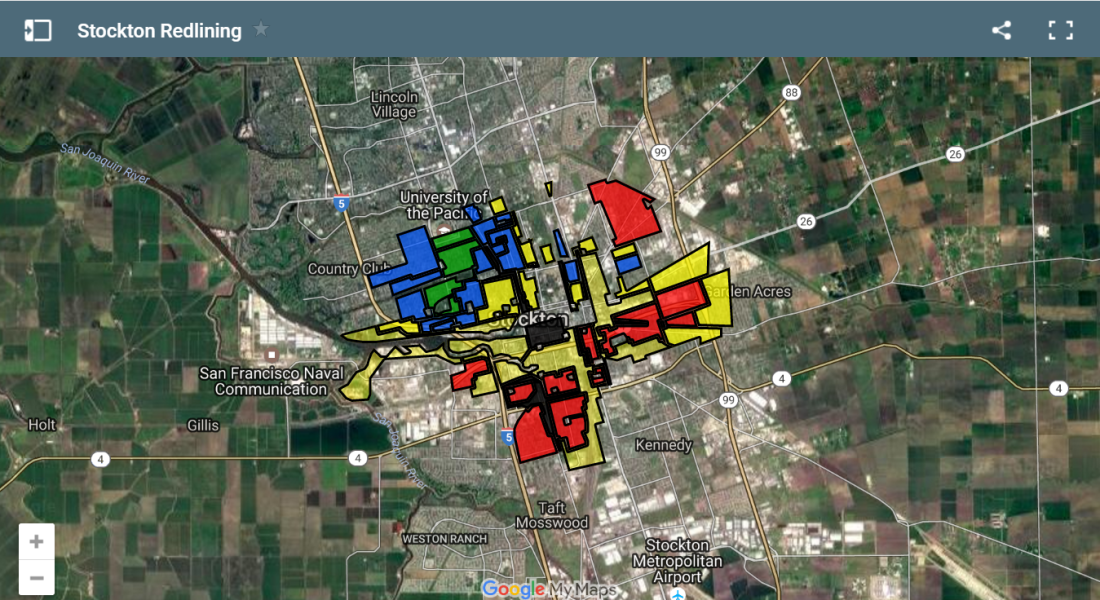
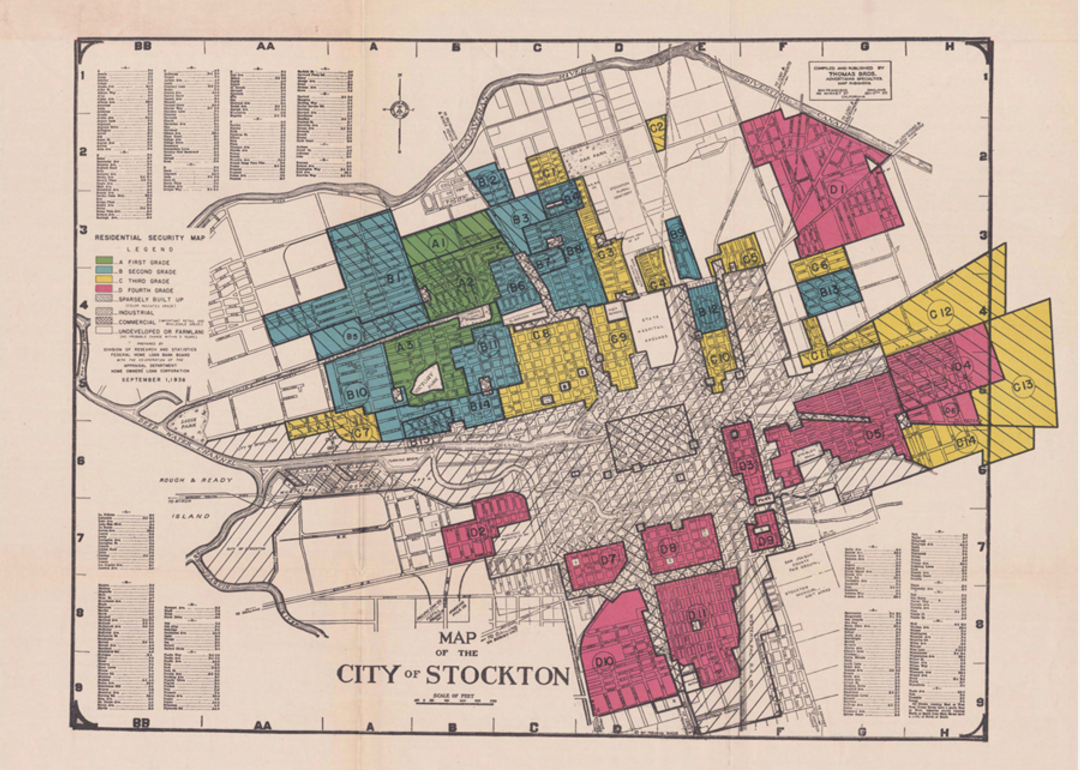
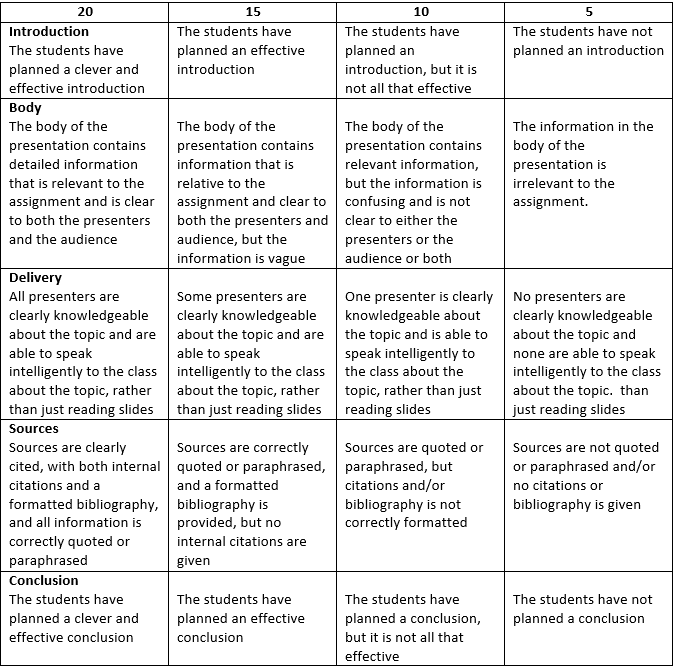


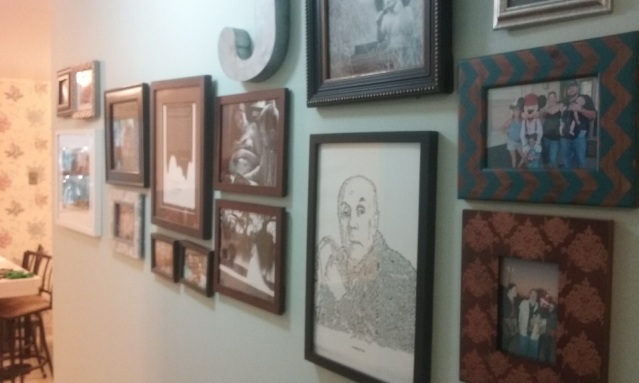
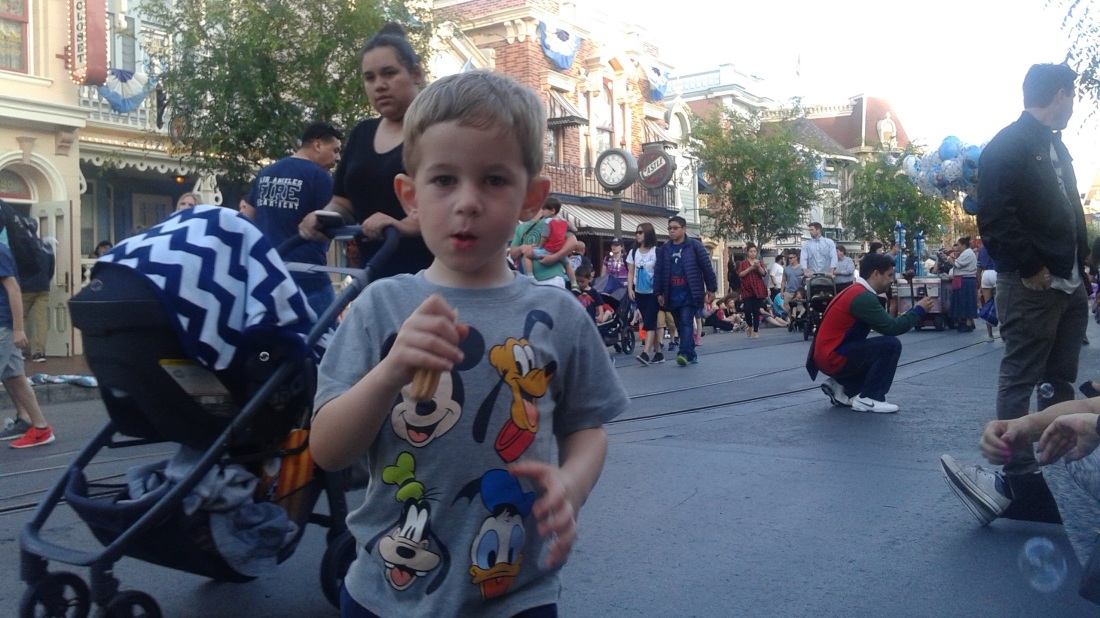
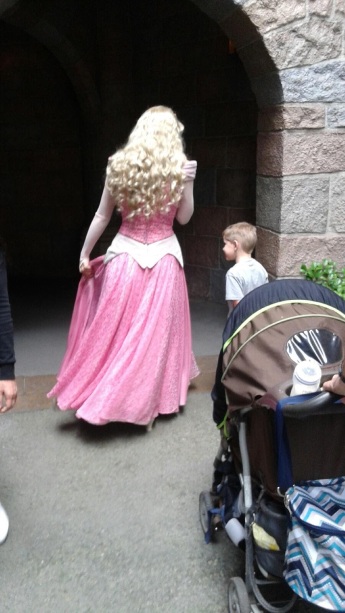 .
.